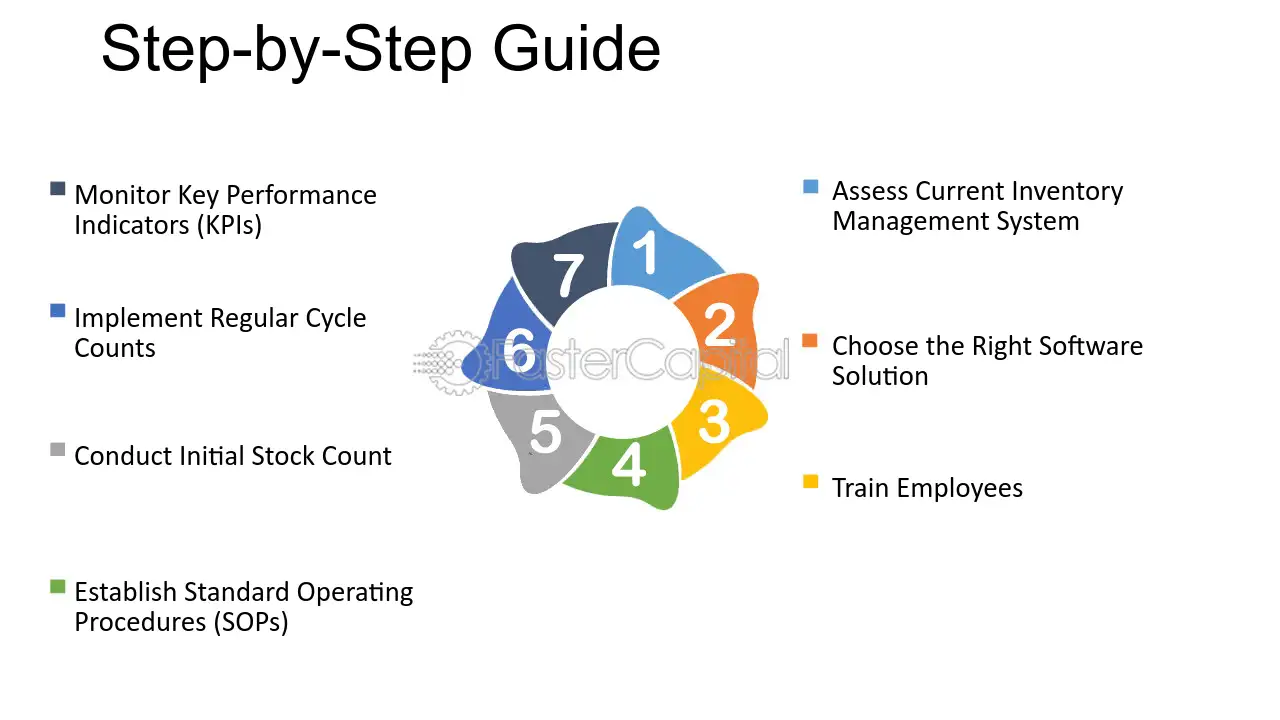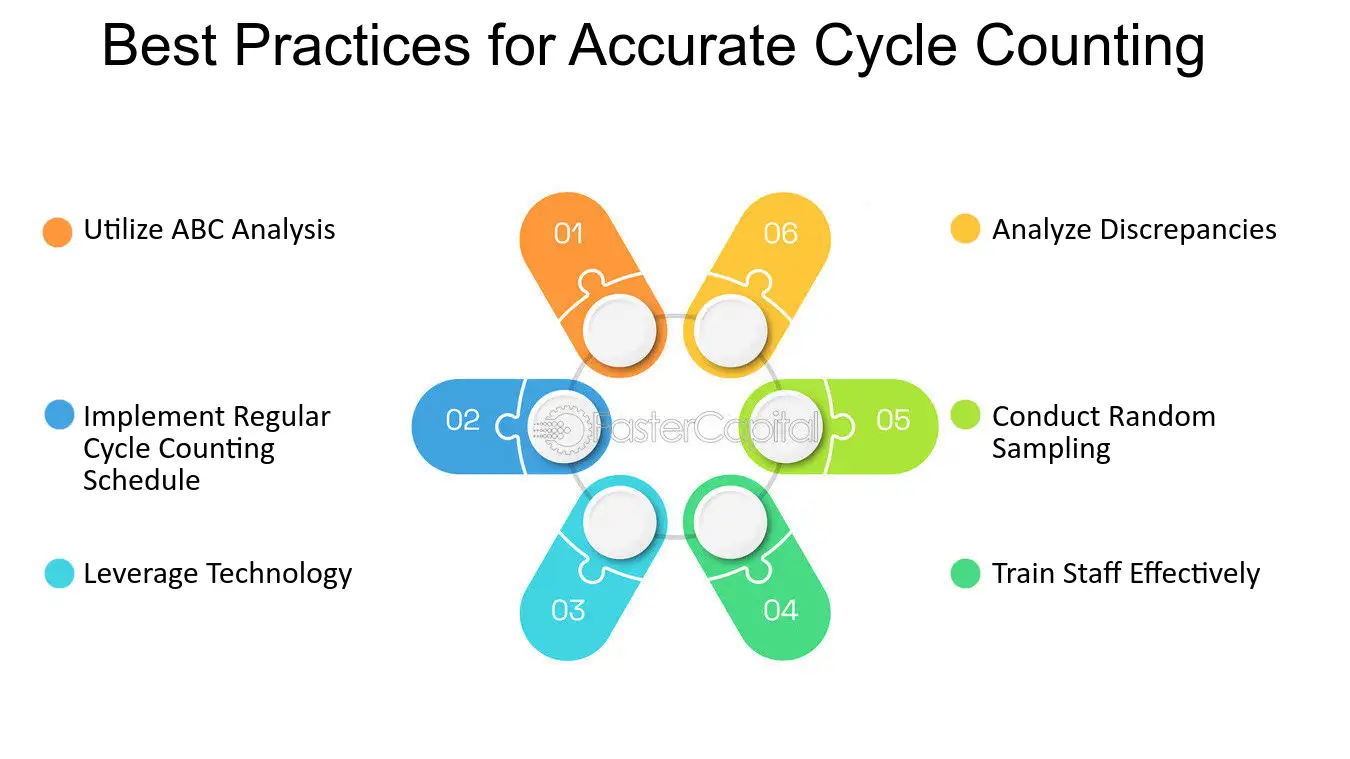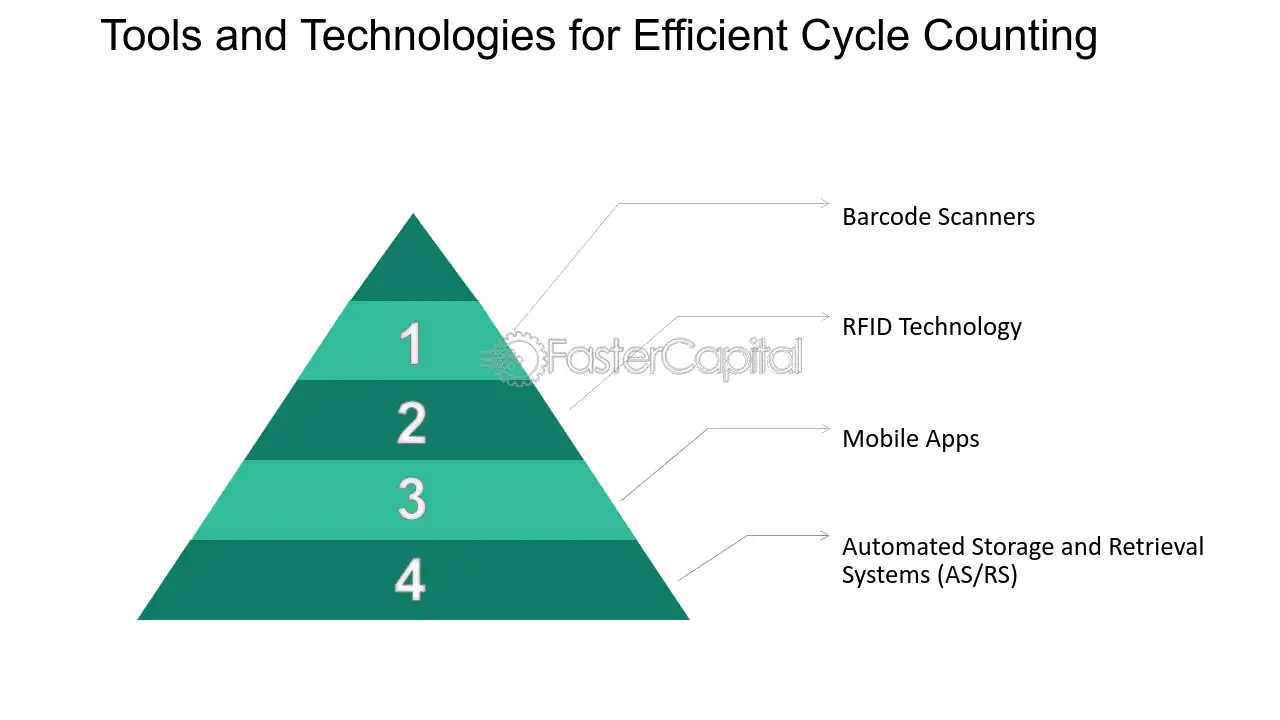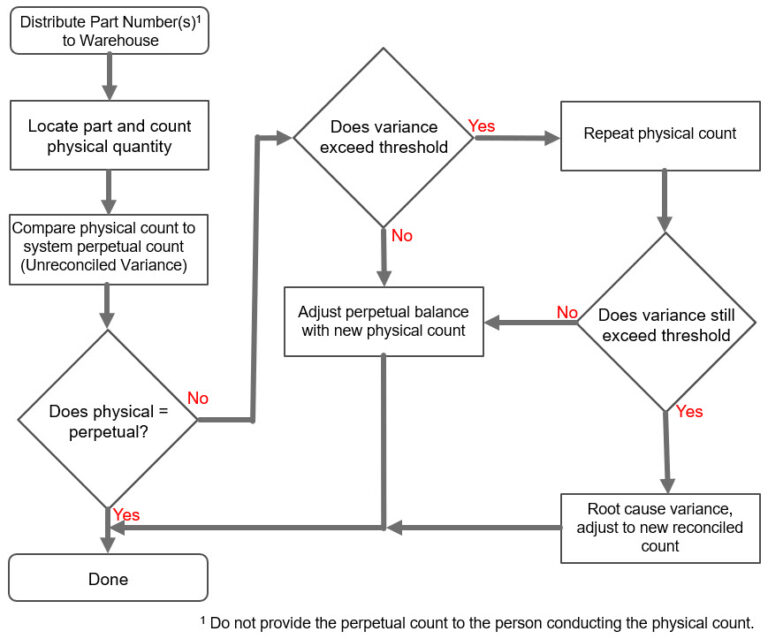A robust Cycle Counting process acts as a strong internal control measure, giving auditors confidence in the accuracy of inventory valuations. It is essential for maintaining accurate inventory records, which in turn builds confidence for financial audits.
Regular Physical Counts
Cycle Counting involves counting specific inventory items at regular intervals throughout the year, instead of a full count at once. This catches discrepancies early and prevents them from snowballing into significant errors at year-end.
Focus on High-Value/High-Risk Items
By strategically selecting inventory items for counting based on value or turnover, you prioritize accuracy for the items that have the biggest impact on financial statements.
Data Reconciliation
Identified discrepancies during cycle counts are investigated and reconciled with perpetual inventory records. This ongoing process ensures your inventory data reflects reality.
Enhanced Audit Efficiency
Reduced Time & Cost: Auditors can rely more heavily on your accurate cycle count data, minimizing the need for extensive physical counts during the audit. This saves time and reduces the overall cost of the audit for your company.
Stronger Audit Trail
A well-documented cycle counting program, including count sheets, variance explanations, and corrective actions, demonstrates your commitment to inventory control. This transparency makes the audit process smoother and builds trust with the auditors.
Overall Confidence in Financial Statements
By mitigating inventory valuation errors, a robust Cycle Counting process strengthens the integrity of your financial statements. This provides both internal management and external auditors with greater confidence in the reported financial position of your company.
Accuracy
Cycle counting involves regularly counting a portion of inventory items in the warehouse on a scheduled basis. This ensures that inventory records are continuously updated and accurate, reducing the likelihood of discrepancies between physical inventory and recorded inventory levels. Auditors rely on accurate inventory records to assess the financial health of a company. By having a robust cycle counting process in place, companies can demonstrate to auditors that they have control over their inventory and can provide accurate financial statements.
Consistency
A well-defined cycle counting process involves consistent procedures for selecting items to be counted, methods for conducting the counts, and protocols for reconciling any discrepancies. Consistency in these processes helps ensure that inventory is counted regularly and thoroughly, minimizing the risk of errors or oversights. Auditors look for consistency in inventory management practices to assess the reliability of financial statements. A robust cycle counting process demonstrates that the company has consistent procedures in place to maintain accurate inventory records.
Transparency
A transparent cycle counting process provides auditors with visibility into how inventory counts are conducted and how discrepancies are resolved. This transparency helps auditors understand the reliability of the inventory records and the effectiveness of the company’s internal controls. By demonstrating transparency in the cycle counting process, companies can instill confidence in auditors that they are actively managing their inventory and addressing any issues that arise.
Compliance
Implementing a robust cycle counting process helps ensure compliance with regulatory requirements and accounting standards related to inventory management. Auditors assess whether companies comply with relevant regulations and standards when conducting financial audits. By having a well-documented cycle counting process that adheres to regulatory requirements, companies can demonstrate compliance to auditors, further enhancing confidence in the accuracy of their financial statements.
Conclusion
In conclusion, a well-designed Cycle Counting program is a win-win. It helps maintain accurate inventory data, reduces audit burden, and ultimately builds trust in your financial reporting. It builds confidence for financial audits by ensuring accuracy, consistency, transparency, and compliance in inventory management practices. Auditors rely on these processes to assess the reliability of inventory records and ultimately the accuracy of financial statements.





Danish Mairaj is a medical device expert with a strong focus on regulatory and quality compliance. He has been involved in managing clinical trial infrastructure including supplies and logistics. He has over 15 years of experience in the MedTech and Pharmaceutical industry. He is a certified Product Owner, Scrum Master, and Project Management Professional PMP. He studied Biomedical Engineering in Germany and MedTech Regulatory & Quality in Galway, Ireland. He contributes articles to the BRASI newsletter.








